
By Louise Green
About 15 years ago, on a rainy night, I stood on the corner outside my local running club. I leaned against the cold concrete wall, watching the “real runners” mill about, discussing their latest runs and training regimes. My inner voice started to chime in with unsolicited banter: What were you thinking? They are totally out of your league. The commentary almost deafening, I stood to the side, silently watching. I wanted to leave, but I was too paralyzed with fear to turn around and go home. Yet, all my life, I had dreamed of being a runner and I knew I couldn’t blow this chance.
My fear of participating was real, though. It stemmed from my lack of confidence that I could actually make it as a runner in my 220-pound body. I’d never seen anyone with a body like mine successfully running (or participating in any sport, for that matter) in any fitness media, and I never saw plus-size people out running in my highly active city. This truly was uncharted territory, and my fight-or-flight instinct was kicking into high gear.
After years of flipping through fitness magazines, books, and DVDs, unsuccessfully trying to force my body to fit into fitness culture, I was about to finally find out what I had been missing all along.
We were called into the running club and ushered to the back of the room, where a chalkboard and benches had been set up for the Tuesday Night Learn to Run 5K Clinic. A woman decked out in running gear stood up and introduced herself as our running leader. This was the defying moment that transformed my life. As I shifted my gaze towards her, I was shocked to find that she was a plus-size athlete.

This moment changed everything for me; her very existence filled me with a new sense of possibility. Finally seeing an athletic body that looked like my own had the power to change my mindset for good.
My new coach became a major influence in my life. She trained me though that 5K clinic and several more. Over the course of that year, I underwent a complete transformation: I became an athlete, and as I did, I became unstoppable. And I did this while losing exactly zero pounds. As it turned out, I didn’t have to lose weight to become the athlete I always wanted to be. This was entirely new information to me.
It was this turn of events that led me to become a volunteer run leader myself, so that I, too, could show other plus-size people what was possible. It eventually led me to leave my successful career as a talent agent and to open up the first fitness business in Canada dedicated to plus-size women. Since then I’ve trained thousands of plus-size women and helped them unleash their inner athlete and find peace with their bodies. I strongly believe that my living my athletic dreams in the body I have has influenced many women to let go of diet culture and do the same.
Reflecting back, I’ve realized the absolute power of diverse representation. I had sought fitness for many years but was stuck cycling through diets, hating my body, and trying to conform to fitness culture. What I’ve learned over the years is that you can’t hate yourself to better health. Diets don’t work, and letting it all go was one of the most freeing experiences of my life. I no longer try to change the way my body looks; instead, I focus on building my body up to the strongest and fittest version of myself and I coach other women to do the same.

I’ve also learned that we cannot be what we cannot see. Women of size grossly lack representation in our media, and especially in fitness media and advertising. Looking back on my own experiences, I realized that this lack of representation was the reason I felt so much fear and anxiety around joining my run program. I couldn’t see a likeness of my body successfully engaging in fitness, anywhere, and this left me with an element of unknown to overcome. When we can’t see ourselves in media and advertising, many of us conclude – subconsciously or consciously – that we don’t belong.
A recent study by Sport England revealed that there is a huge difference in the number of men and women who play sports. And it’s not because females don’t want to become active; millions of women and girls are afraid to exercise because of fear of judgement. As a result of this research, Sport England created the groundbreaking campaign, This Girl Can, and it became a global sensation.
The campaign has won many awards, and its videos been viewed by millions of people in over 100 countries. But the biggest outcome of This Girl Can are the results of the follow up study they ran one year later. On the one year anniversary of the campaign, this study revealed that 2.8 million 14- to 40-year-old women say they have become more active as a result of the campaign.
If my first run leader had the power to change me from a terrified exerciser to a plus-size fitness leader, and if a single campaign can change the behavior of 2.8 million women, then I think it’s very clear that representation of body size diversity in fitness and sport is extremely powerful. Yet, unfortunately, it’s still seldom seen.

Refinery29 and Getty Images recently started a campaign called See the 67, for which they committed to being more inclusive of body size diversity in everything they published. They acknowledged that they could do better, and committed to making a change. See the 67 aims to represent the 67% of North American women who are a size 14 or larger but remain an invisible majority in media culture. Excluding more than half the female population from sight is an absolute injustice, and is negatively impacting the quality of life for millions of women.
When I attend races and events there’s always great diversity in the people who compete. All I ask for is that this diversity be reflected in fitness media, so that people of all shapes and sizes can feel inspired to move their bodies . It’s clear from the staggering statistics I’ve mentioned that accurate representation is key to success. That’s why I am on a mission to change our visual landscape to include every “body”.
As media consumers, I encourage you to start asking hard questions. If you are reading your favorite blog or magazine and don’t see diversity in size, age, or ethnicity, ask why. Exclusion isn’t okay, and its ramifications can be incredibly damaging. Every “body” deserves the right to sweat, release endorphins, and experience victory. But we have to start to see more, so we can be more.

Louise Green is the author of Big Fit Girl—an inspiring account of how plus-size women can become fit and healthy. She is an internationally recognized plus-size trainer, writer, and body positive champion who has inspired countless plus-size women and girls to take control of their health, improve their well-being, and boost their self-confidence through personal fitness. A true advocate for change, she received the Body Confidence Canada Award for Health and Wellness in 2016.
Instagram: louisegreen_bigfitgirl
Facebook: louisegreen.bigfitgirl
Twitter: @Bigfitgirl
Website: louisegreen.ca











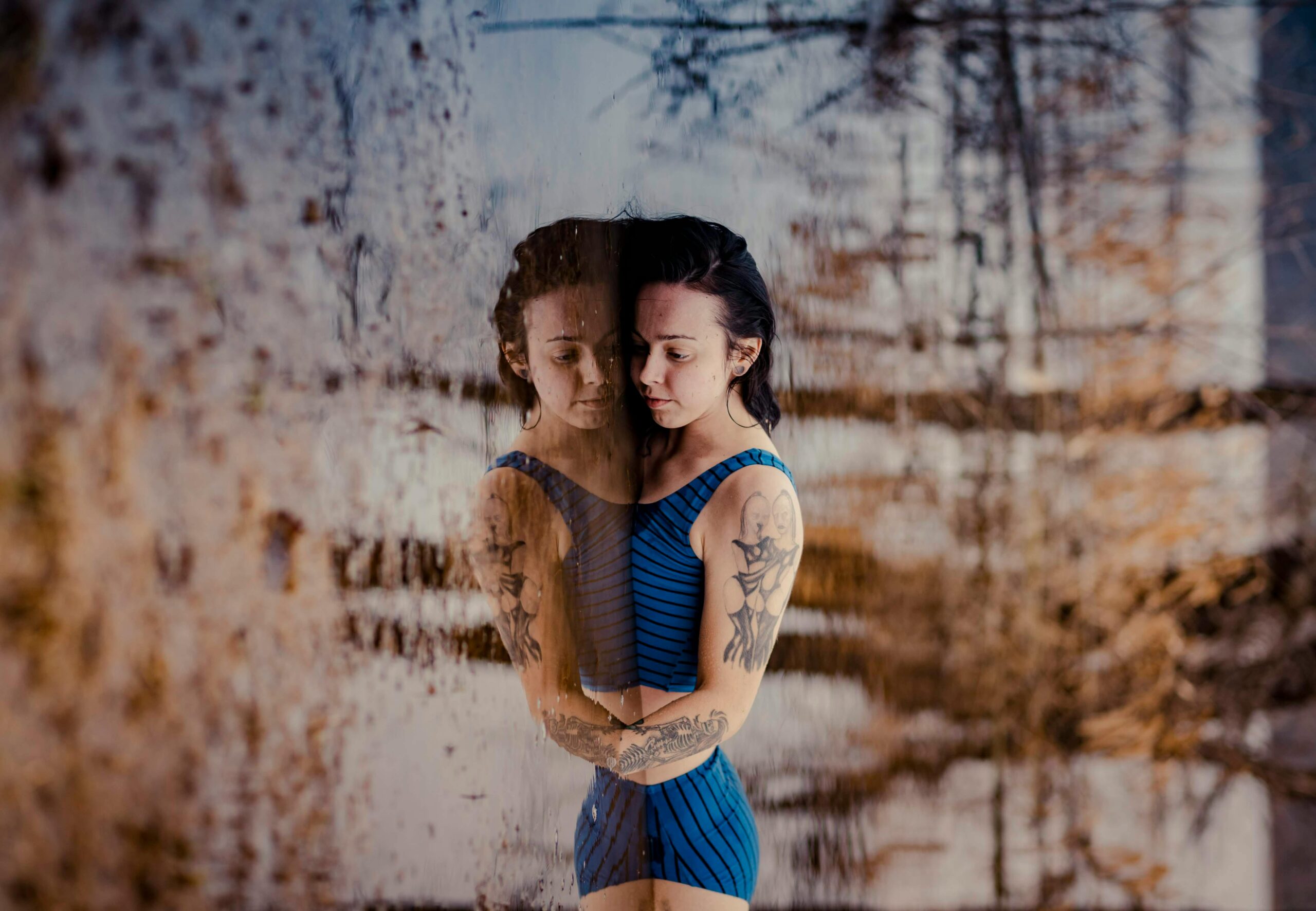
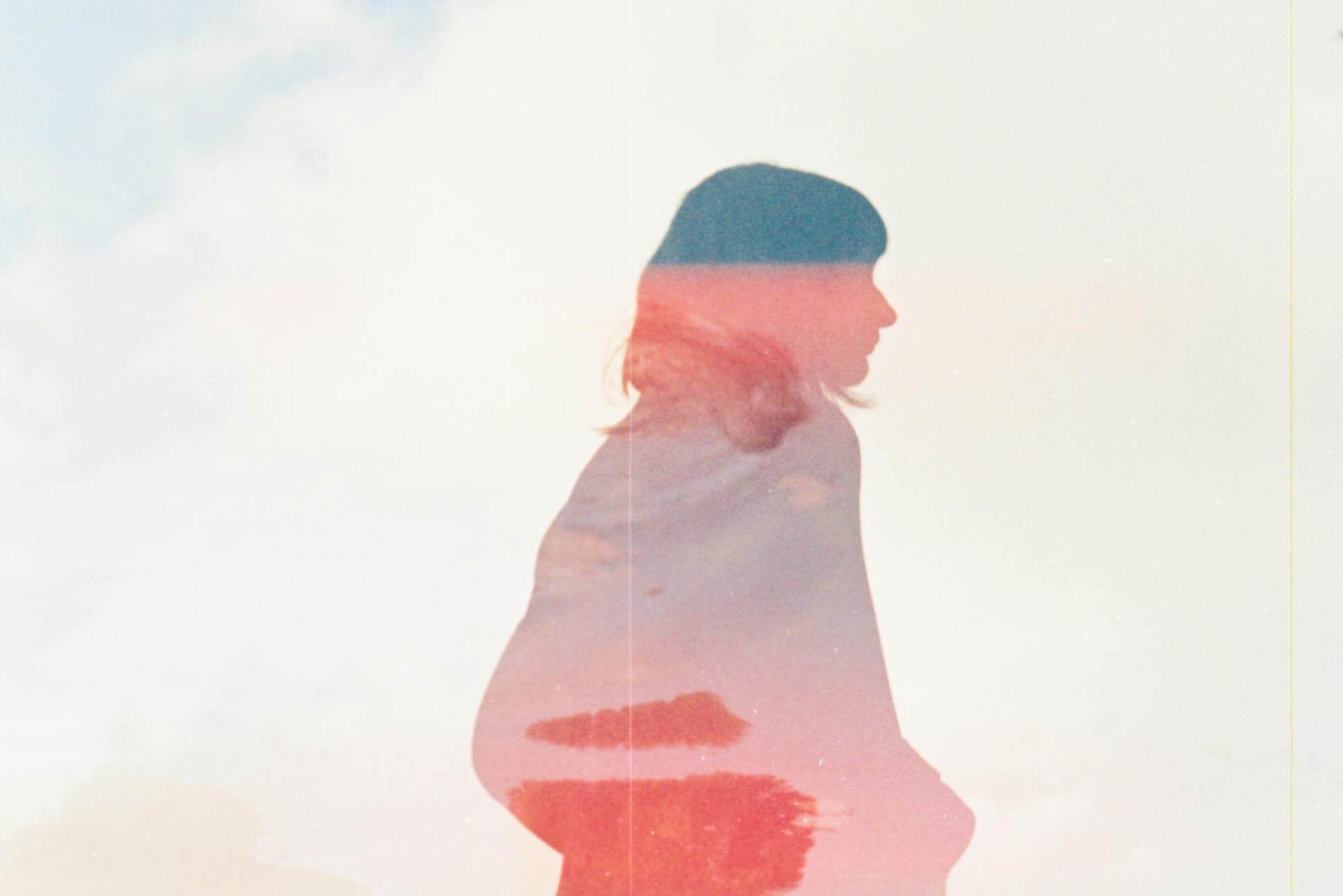
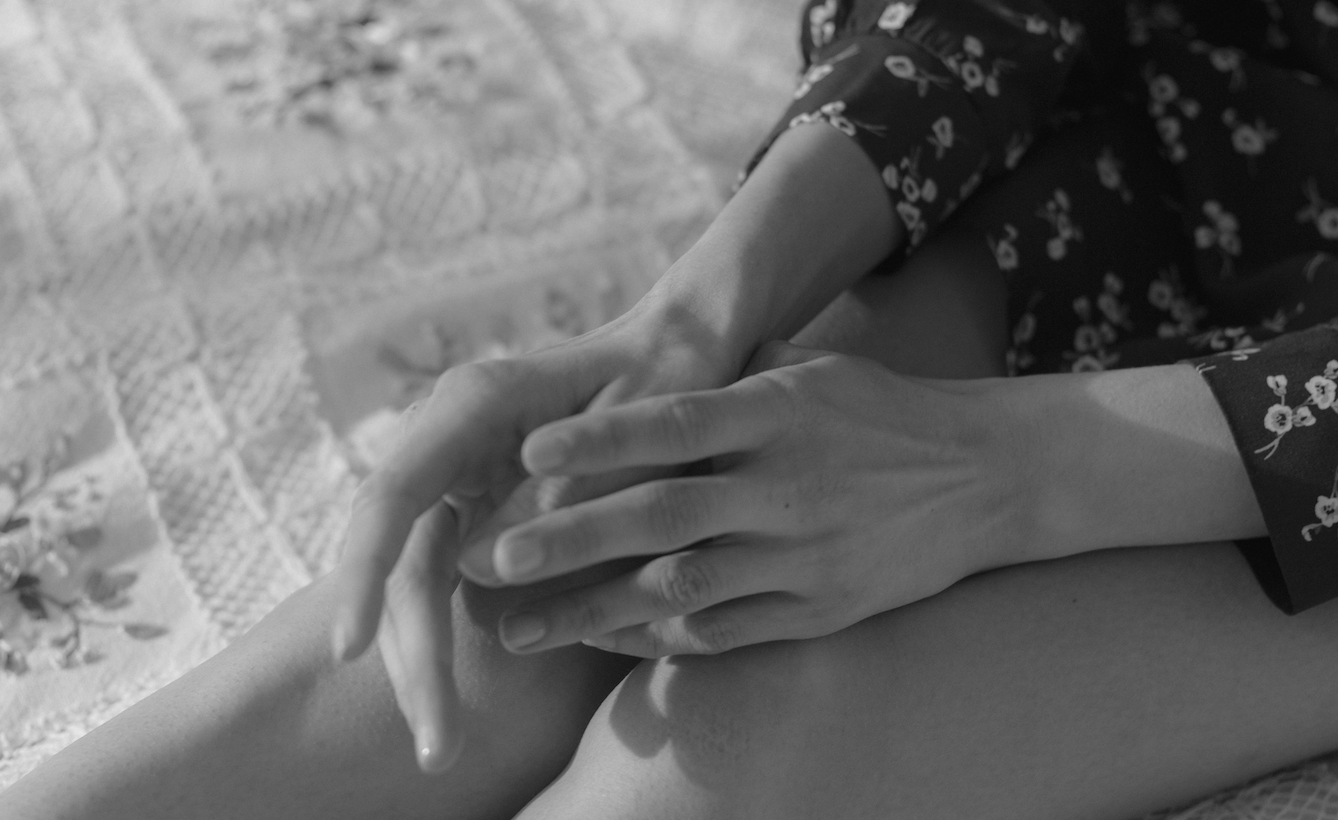
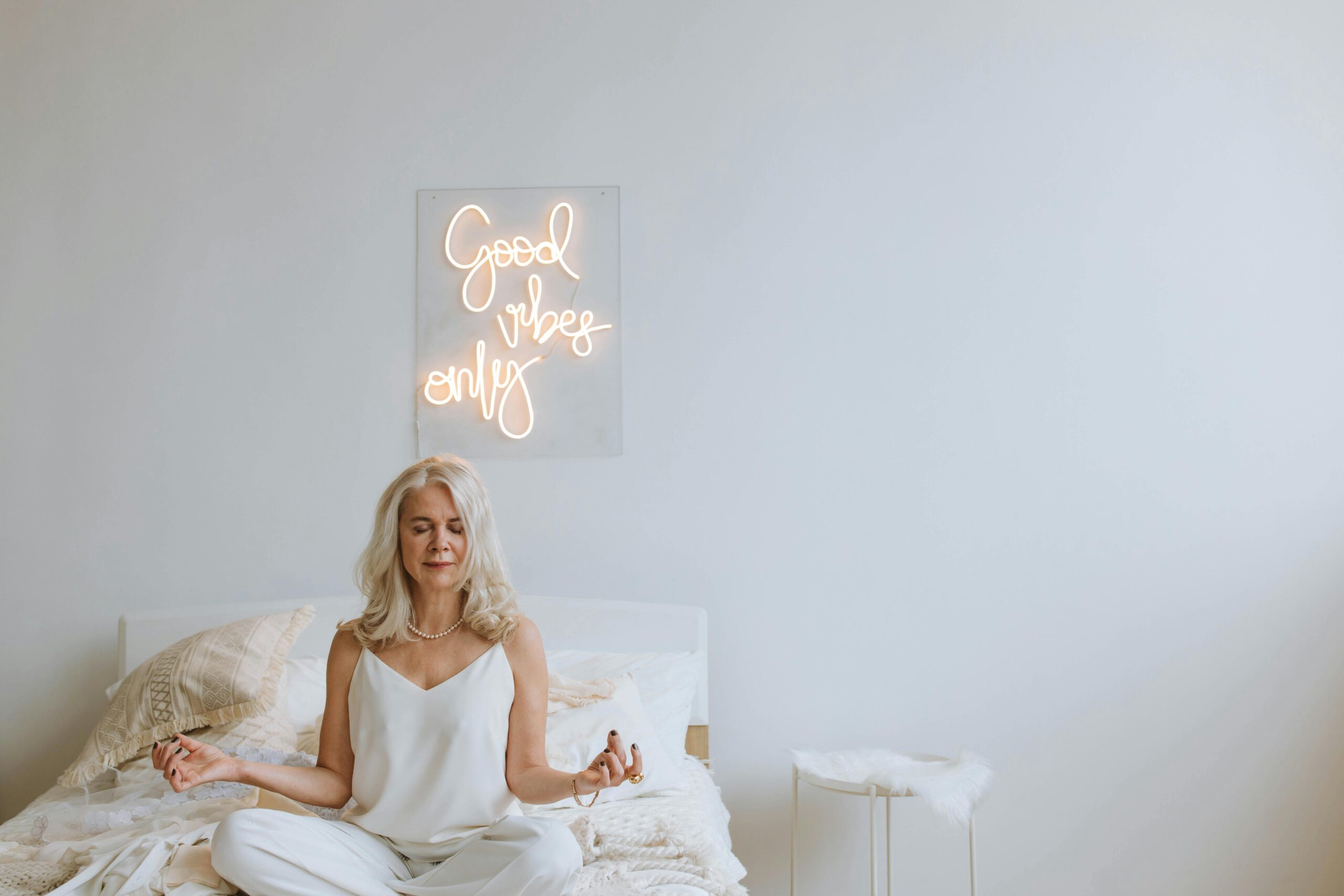
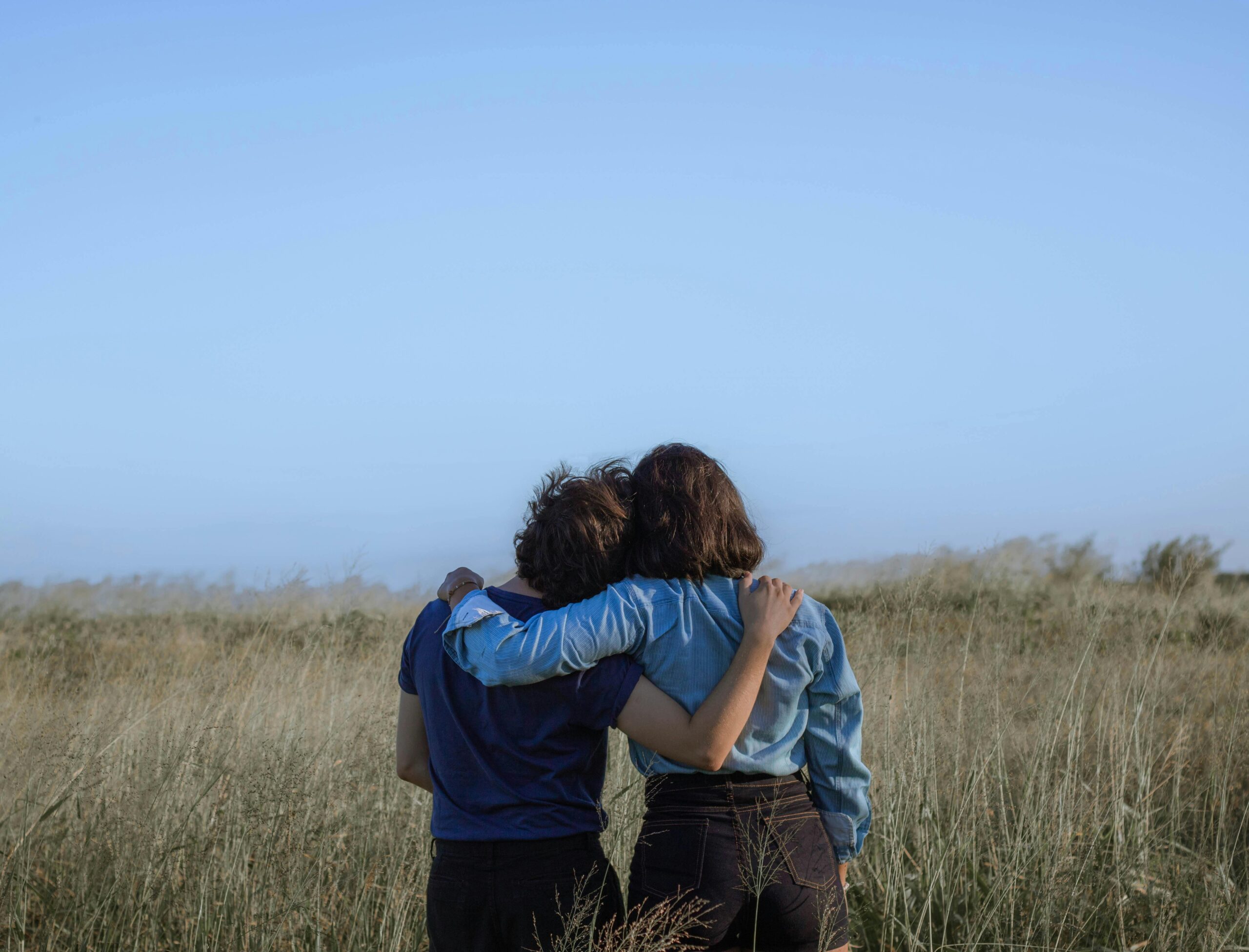
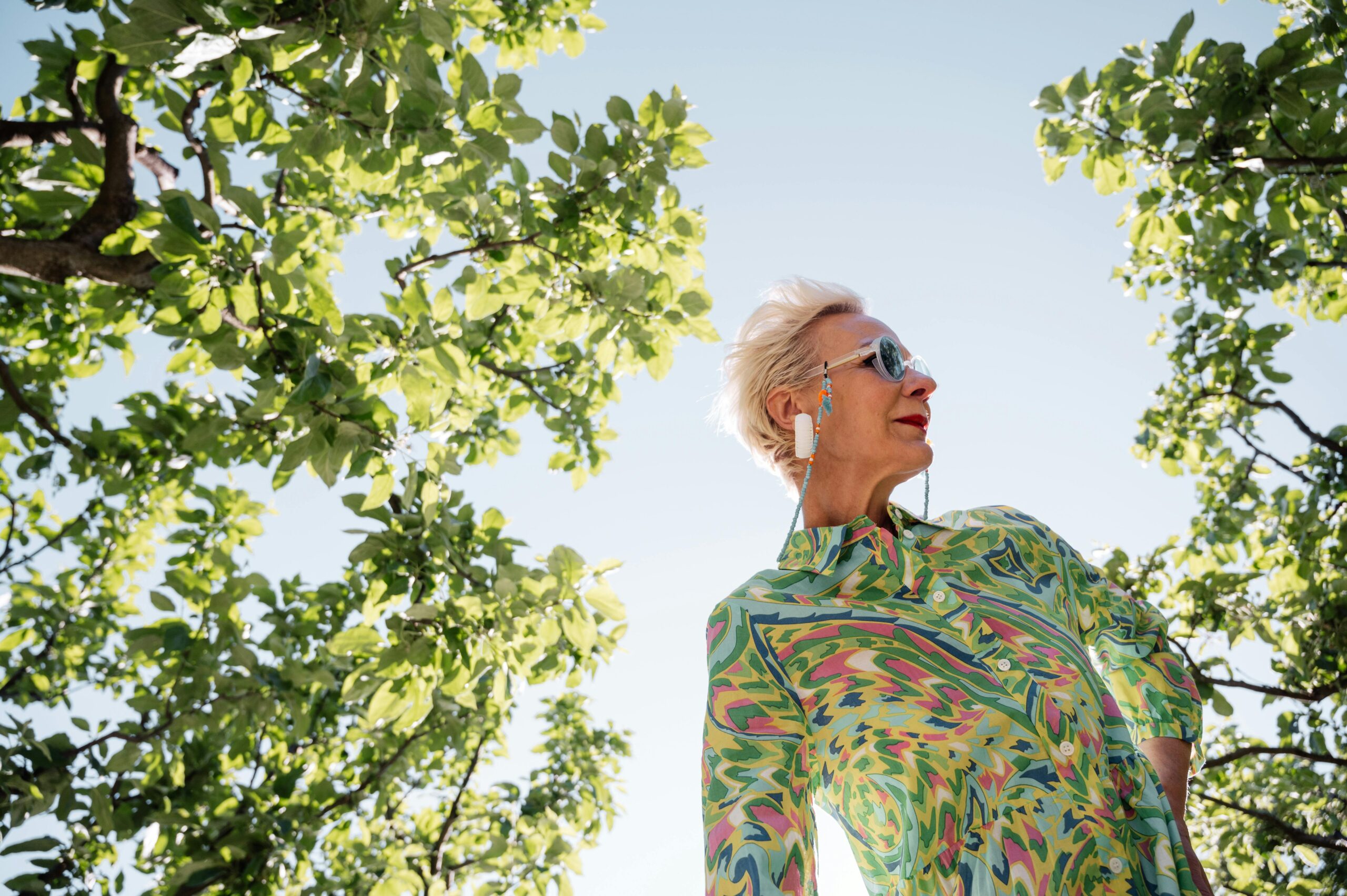
Great article Louise! #empowerment